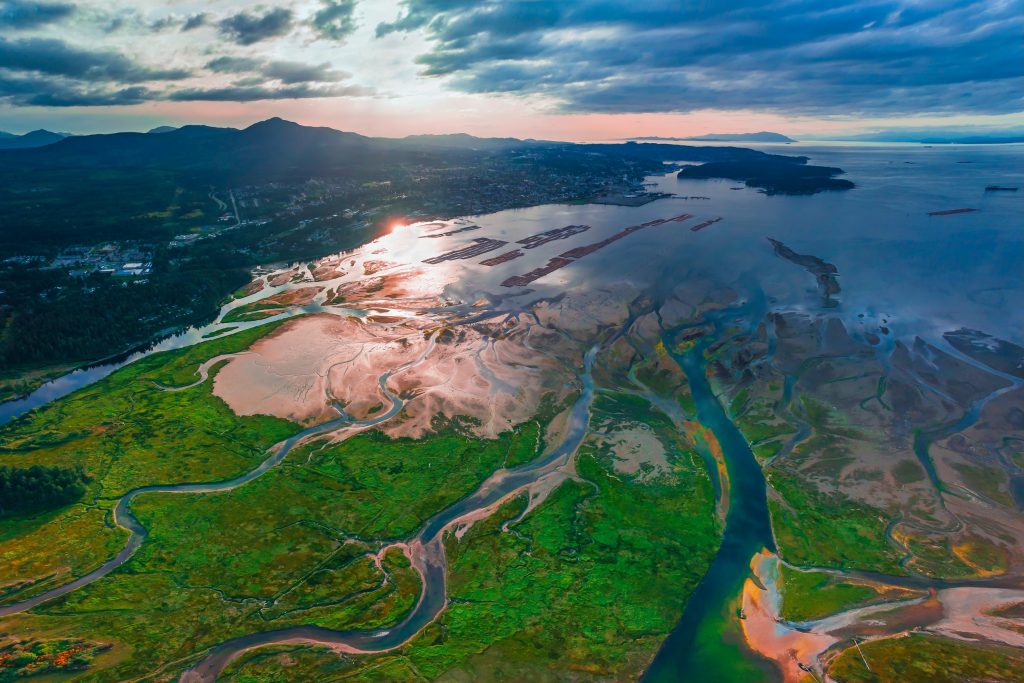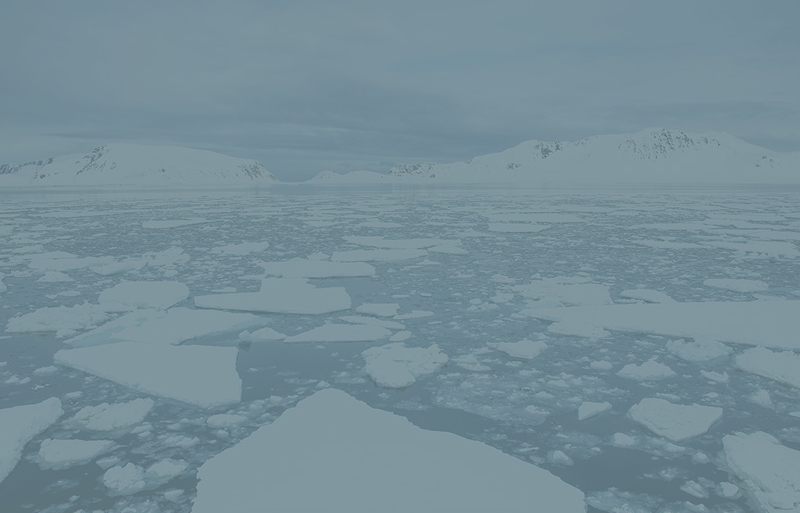Introduction
Seven percent of the world’s renewable water comes from Canadian sources. Yet for countless First Nations living on Indigenous territories throughout Canada, access to clean, adequately treated water is an uphill, seemingly unwinnable battle. This vital resource, which is meant to nourish, cleanse, and facilitate everyday life, has been in short supply for many remote First Nations for decades, resulting in evacuations, hospitalizations, and even deaths due to contaminated and untreated water.
The water issue for First Nations in Canada is twofold—it includes the ownership of water stemming from colonial oppression post-contact and the availability of water, as many First Nations were (and continue to be) displaced from their traditional territories. Many First Nations now face not only water scarcity but also the risk of contamination and waterborne diseases resulting from settlers’ actions.

What is Hydrocolonialism?
Hydrocolonialism refers to how water infrastructure has been employed to facilitate settler colonialism and displace Indigenous peoples. It involves the denial of Indigenous water rights, the degradation of ecosystems on which Indigenous groups and communities depend, and the ongoing exclusion of Indigenous peoples from decision-making processes concerning water management and use.
Case Studies: Hydrocolonialism in Practice
The James Bay Project
Examples of hydrocolonialism include large-scale hydroelectric development projects, such as the James Bay Project in Québec. The massive hydroelectric project undertaken by Hydro-Québec in the 1970s diverted rivers and flooded traditional Cree and Inuit territories, submerging traplines and altering the migration patterns of fish and game, which led to significant changes in cultural and subsistence practices.
Widespread resistance and legal pressure led to the James Bay and Northern Quebec Agreement in 1975, the first modern land claim agreement in Canada.

Asubpeeschoseewagong Netum Anishinabek Mercury Poisoning
In the 1960s and 70s, pulp and paper mills in Dryden, Ontario, discharged a significant amount of mercury into the English-Wabigoon river system, poisoning fish and nearby residents who relied on the waterway. Citizens of Asubpeeschoseewagong Netum Anishinabek (Grassy Narrows) have recorded some of the highest mercury levels ever documented in Canada, resulting in significant health issues for the community. Upon discovery, extensive annual monitoring for mercury in the waterway occurred between 1971 and 2000.
A 1985 Memorandum of Understanding (MOU) led to a one-time compensation payment of nearly $17 million to Asubpeeschoseewagong and Wabaseemoong First Nations. In 2020, Canada and Asubpeeschoseewagong signed a framework agreement to provide federal support to the community to support a mercury care home.
Neskantaga First Nation
Neskantaga First Nation is entering its thirtieth year of a long-term boil water advisory. In 2020, the First Nation’s citizens were evacuated due to an oil sheen found in their reservoir, which led to the nation’s running water being shut off. Systemic gaps and injustices have delayed any resolution to water supply issues. After signing a Terms of Reference (TOR) with Ottawa, construction of Neskentaga’s water treatment plant was hindered by COVID-19, equipment failures, and contractors collecting funds to complete the construction, only to delay and eventually abandon the project.
The Deeper Health Impacts of Hydrocolonialism
The danger in failing to address essential water infrastructure needs for First Nations on-reserve is more significant than it may seem.
Neskentaga First Nation, in addition to a lack of water treatment facilities, has also faced extreme levels of suicidal behaviour over the last 50 years. A meta-analysis indicates that the treatment of water has anti-suicidal and mood-regulating effects due to its mineral composition. Lithium, for instance, is a mineral that naturally occurs in drinking water and has been considered in public policy as an anti-suicide intervention.
Even more notable are the daily hardships individuals face under such conditions, with one study indicating physical, financial, and time impacts related to the scarcity of safe water. For a nation of just 400 people, Neskentaga’s members access an emergency facility for self-harm at a rate that is sixteen times higher than the provincial average. Consideration should be given to water treatment as a preventive measure for mental illness and suicidality.
The Indigenous Right to Water
The United Nations’ Declaration on the Rights of Indigenous Peoples (UNDRIP) asserts that Indigenous peoples have the right to maintain and strengthen their relationship with their traditional lands, territories, coastal seas, and water. Given Canada’s legislated commitment to UNDRIP, there is a specific and unique responsibility for federal decision-makers to address the water-related injustices observed across the nation over the past 150 years.

Canada’s commitment to end all long-term boil water advisories by 2021 was a gross underestimate of the time, resources, and planning required to operate and maintain water treatment facilities in the most remote communities in the country. As of January 2025, 34 long-term advisories remain. Additionally, the federal government is only in the planning phase for the 34 communities affected by these water advisories, and implementing water treatment systems can take two years or longer to complete.
The Connection Between Water and Population Health
Unsurprisingly, improvements in water sanitation across First Nations have been correlated with better health outcomes. Community members with access to indoor plumbing and sanitary piped water consistently report fewer gastrointestinal issues and depressive symptoms.
Research suggests that numerous cost-effective solutions exist for improving drinking water quality. Municipality-type agreements (MTAs), where the nation enters an agreement with a nearby municipality to obtain treated water, and legal actions, such as litigation, are two strategies that First Nations have pursued when their water and sanitation systems did not receive adequate support from the federal government.
Conclusion
Access to water resources is an area where Canadian decision-makers must actively decolonize and reconcile physical systems that discriminate against First Nations and their citizens. Ongoing injustices related to water must be addressed to implement transformative change in water, sanitation, and wastewater treatment infrastructure in rural First Nations communities. Doing so is essential for population health, cultural continuity, and environmental stewardship.










Share the article